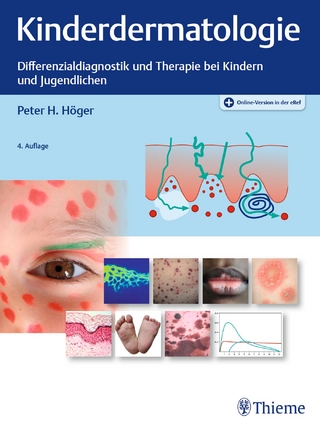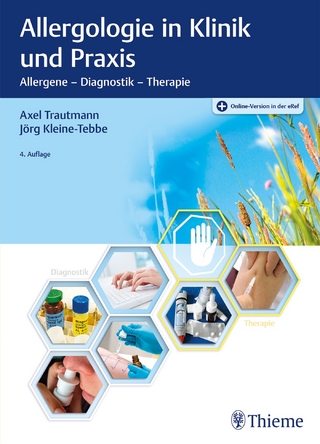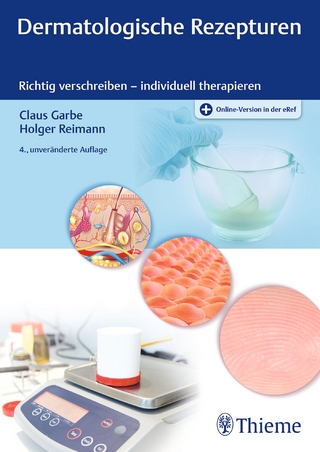
The Genetic Markers of Human Immunoglobulins
Springer Berlin (Verlag)
978-3-642-46254-2 (ISBN)
I Introduction.- Some Basic Introductory Data on Human Immunoglobulins.- II Basic Data Concerning Genetic Human Immunoglobulin Markers.- Techniques.- Nomenclature.- Introductory Survey of Main Genetic Ig Factors.- III Interpretation of Immunological Concepts and of Notational Terms in Structural Concepts.- Chemical Correlate of Descriptive Terms.- Some Pitfalls in the Interpretation of Statistics of Immunologic Findings in Terms of Chemical Structure, as Elucidated by Studies of the Gm System. Degree of Complexity.- IV The Formal Genetics of the Gm and Inv Systems.- Lack of Evidence for Excessive Mutability within the Gm and Inv Systems.- Linkage Relations between the Gm System and Other Polymorphic Systems, in Particular Inv.- Associations between Particular Gm Factors Due to the Presence of Determinants on the Same H-Polypeptide Chain. The Distribution of Gm Factors among the IgG Molecules within a Given Individual.- Associations between Particular Gm Factors Observed in Segregation Studies in Families.- The Gm Chromosome Segment as a Compound of Several Loci, Each Related to an IgG Subclass.- The Question of Crossing Over between IgG Loci.- "Gm-" Alleles and Their Interpretation.- Evaluation.- The Formal Genetics of the Inv System.- V Human Anti-Human-Gammaglobulins, Their Specificity and Function. Genetic Ig Factors and Tolerance.- Categories of Human Anti-Human-Ig.- The Concept of Allosteric Change as Applied to Immunologic Reactions, in Particular to the Anti-Antibody of Milgrom Type.- The Appearance of Anti-Gm's in Early Extrauterine Life. Genetic Ig Factors and Tolerance.- Physiological and Pathophysiological Roles of Anti-Gamma-globulins.- VI Immunoglobulin Polymorphism as an Example of Molecular Differentiation in Macroorganisms. Mutual AllelicExclusion.- Phylogeny of Immunoglobulin Polymorphism.- Variation in Ig Polymorphism with Ethnic Group.- Ontogeny of Immunoglobulin Polymorphism.- Ig Genetic Factors During Antigenic Stimulation.- Ig Genetic Factors in Various Body Compartments.- Relation of Ig Genetic Factors of Mother and Child at Birth.- Regional Differentiation within the Immunoglobulin-Producing Cell Population. Allelic Exclusion.- Application in Forensic Medicine.- VII Selection and Control of Immunoglobulin Structure.- Levels of Genetic Control of the Immune Response.- Regulation of Ig Structure. Levels of Control.- Models for Allelic Exclusion in Ig Production.- The Non-Random Character of Partner Chain Selection.- Clonal Regulation in the Macroorganism.- Ig Structure Related to Antibody Properties Other than Antigen-Binding. Evolutionary Aspects.- Appendix Compilation of Data Concerning Genetic Factors of Human Immunoglobulins.- Gm(l).- Gm(2).- Gm(3).- Gm(4).- Gm(5).- Gm(6).- Gm(7).- Gm(8).- Gm(9).- Gm(10).- Gm(ll).- Gm(12).- Gm(13).- Gm(14).- Gm(15).- Gm(16).- Gm(17).- Gm(18).- Gm(19).- Gm(20).- Gm(21).- Gm(22).- Gm(23).- Gm(m).- Inv(l).- Inv(2).- Inv(3).- Isf(l).- Am.- Miscellaneous Factors, Hitherto not Properly Defined, but Possibly Related to the Gm System.- References.
| Erscheint lt. Verlag | 23.3.2012 |
|---|---|
| Reihe/Serie | Molecular Biology, Biochemistry and Biophysics Molekularbiologie, Biochemie und Biophysik |
| Zusatzinfo | XII, 154 p. |
| Verlagsort | Berlin |
| Sprache | englisch |
| Maße | 170 x 244 mm |
| Gewicht | 308 g |
| Themenwelt | Medizin / Pharmazie ► Medizinische Fachgebiete ► Dermatologie |
| Naturwissenschaften ► Biologie ► Biochemie | |
| Naturwissenschaften ► Biologie ► Mikrobiologie / Immunologie | |
| Naturwissenschaften ► Biologie ► Zellbiologie | |
| Schlagworte | Antibody • Cells • Immunoglobulin • Protein • Protein Structure |
| ISBN-10 | 3-642-46254-5 / 3642462545 |
| ISBN-13 | 978-3-642-46254-2 / 9783642462542 |
| Zustand | Neuware |
| Haben Sie eine Frage zum Produkt? |
aus dem Bereich


